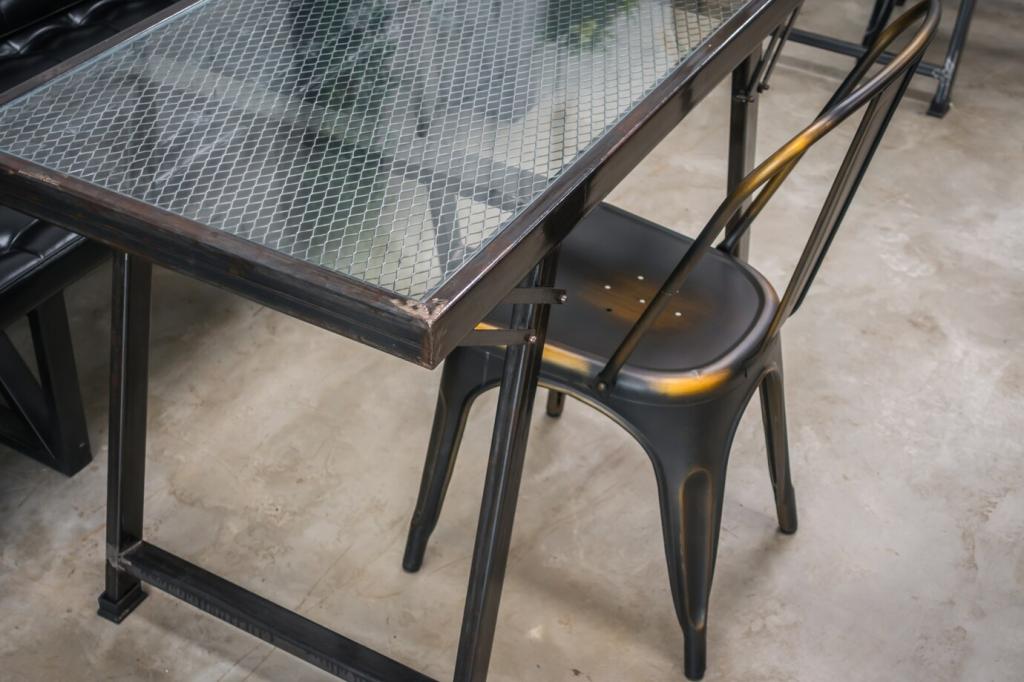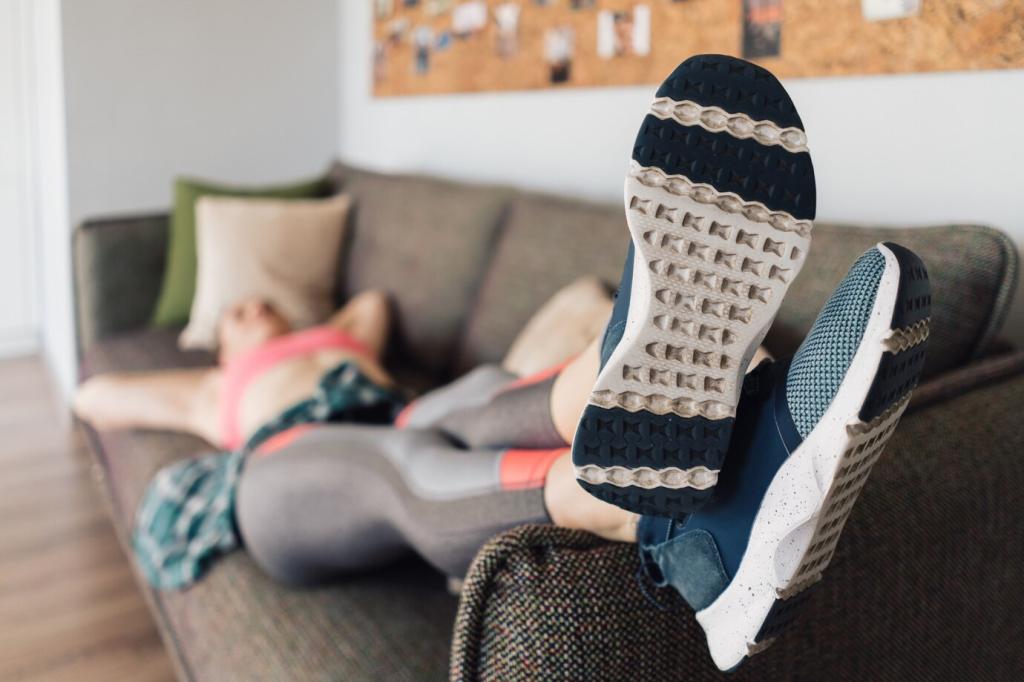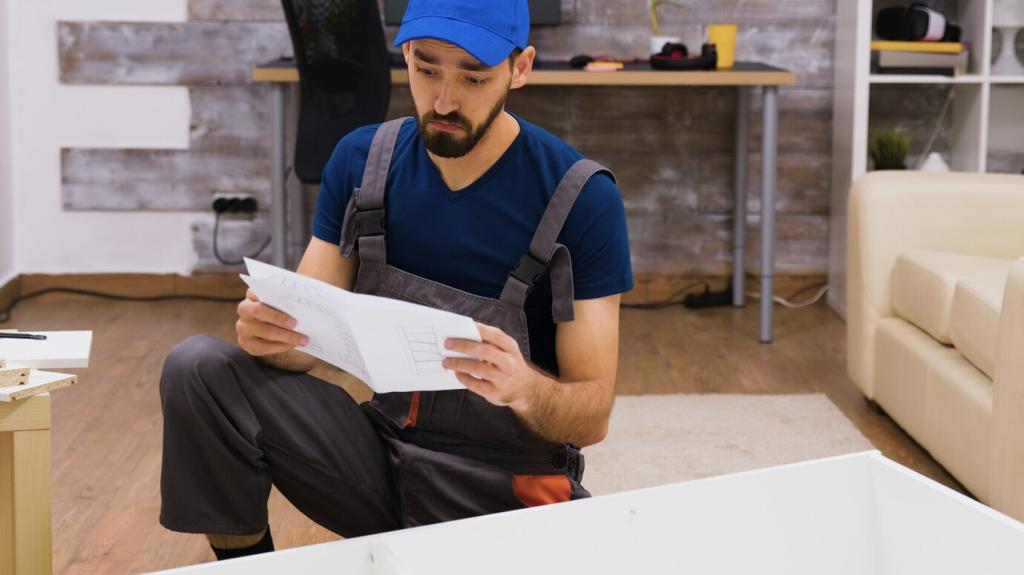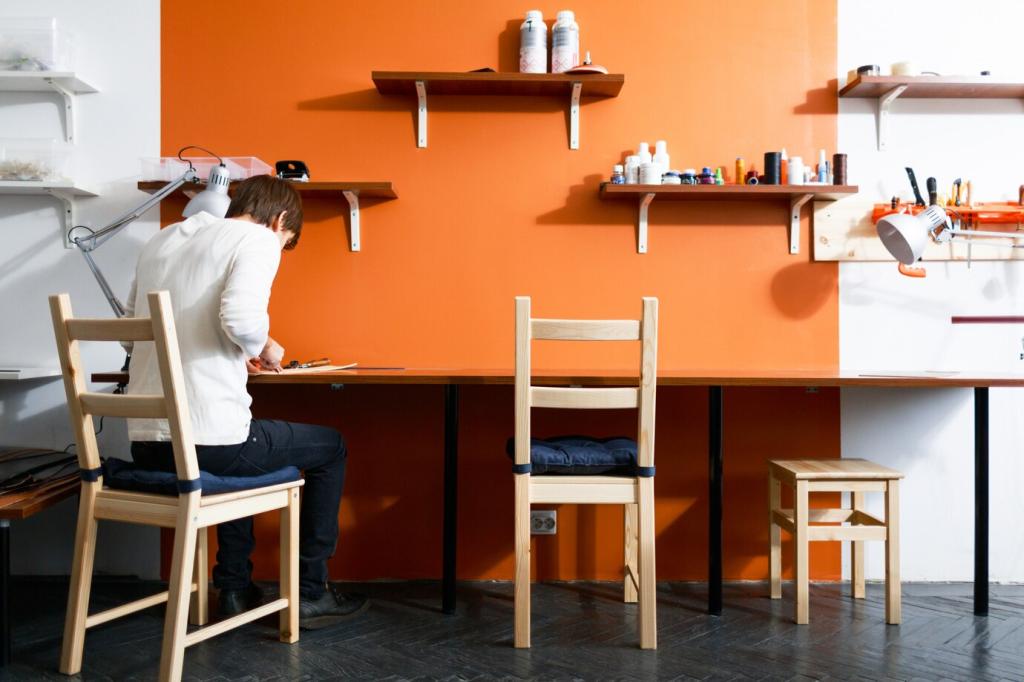Use Tools That Reduce Strain
Furniture sliders under corners or legs let you glide heavy items across floors with minimal force. Thick blankets protect surfaces and add grip, turning a risky deadlift into a gentle push that spares knees, wrists, and lower backs.
Use Tools That Reduce Strain
A four-wheel dolly or hand truck takes weight off your spine and places it on wheels. Strap items securely, keep the load balanced, and control slopes slowly. Practice empty runs first so your body learns the movement before the weight arrives.









